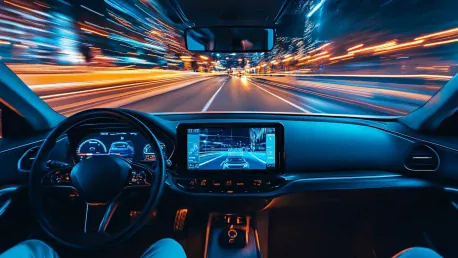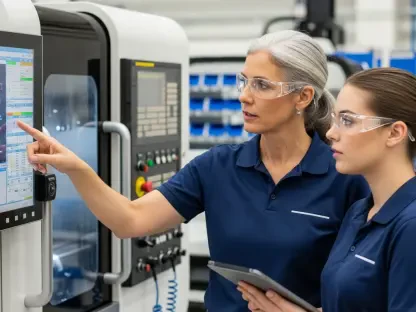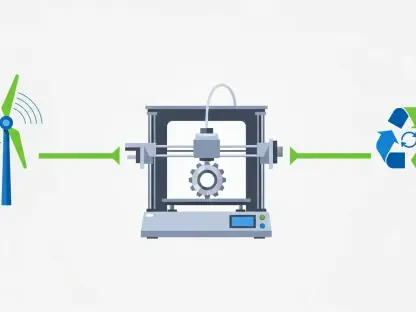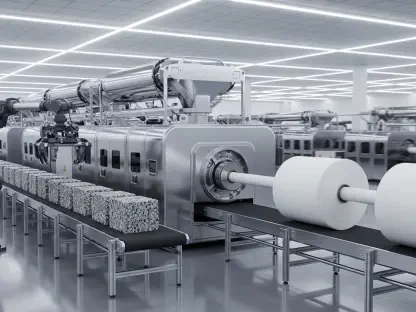In a groundbreaking announcement at the Nvidia GTC event, Li Auto has unveiled its next-generation autonomous driving architecture named MindVLA (Visual-Language-Action). This technological marvel is set to redefine the standards of autonomous driving, drawing comparisons to how the iPhone 4 revolutionized smartphones. According to CEO Li Xiang, MindVLA aims to integrate spatial, linguistic, and behavioral intelligence into a single streamlined model. This integration promises to enhance the autonomous system’s ability to sense, think, and adapt to diverse environments, signaling a significant leap forward in the realm of self-driving vehicles.
Development and Vision
The Next Phase in Autonomous Driving
During their latest earnings call, Li Auto’s management revealed the commencement of R&D on their VLA smart driving large model. This will be introduced alongside their first all-electric SUV, the Li i8, set to launch in July. The ambition is clear: transform the car from a mere transportation device into a sophisticated full-time driver with human-like cognitive and adaptive capabilities. This marks an ambitious pivot from standard vehicle automation to creating systems that think and behave more like humans, adapting to an ever-changing road environment.
The development process for MindVLA stands out due to its innovative approach. By building and training a large language model tailored for MindVLA from the ground up, Li Auto is setting a benchmark in autonomous driving technology. The language model is based on the MoE hybrid expert architecture and Sparse Attention mechanism, which guarantee efficiency and scalability. These technological underpinnings enable MindVLA to decode action tokens into optimized driving trajectories while effectively navigating complex traffic scenarios.
Transformative Technologies
One of the most compelling aspects of MindVLA is its capacity to predict other vehicles’ trajectories via joint modeling. This capability allows for the creation of simulated environments that mimic real-world conditions, which is critical for training the autonomous system to handle a myriad of driving scenarios. This predictive ability enhances safety by allowing autonomous vehicles to anticipate and react to possible outcomes with a high degree of accuracy.
In terms of cognitive functionality, MindVLA represents an impressive leap forward. The model’s ability to unify different intelligences—spatial, linguistic, and behavioral—into a single system means that MindVLA can process and adapt based on a comprehensive understanding of its surroundings. This integrated approach not only improves the vehicle’s ability to navigate safely but sets the stage for further advancements in creating highly adaptive and intelligent autonomous systems.
A Future of Fully Autonomous Driving
Introducing the Li i8
With the launch of the Li i8 just around the corner, Li Auto is poised to showcase the practical applications of MindVLA. The i8, being the company’s first all-electric SUV, serves as a testbed for the MindVLA architecture. This new model aims to epitomize the concept of a fully autonomous vehicle that relies less on human intervention and more on its in-built intelligence system. The emphasis on human-like cognitive and adaptive capabilities means the i8 promises not only to drive itself but to do so in a manner that mimics human decision-making and situational awareness.
Another significant feature of the Li i8 is its seamless integration with other technological systems. By leveraging the capabilities of MindVLA, the SUV can interact with other vehicles and infrastructure dynamically, laying the groundwork for a more interconnected and intelligent transportation network. This networked communication between vehicles is a critical component of future smart cities where autonomous vehicles will need to collaborate to ensure safety and efficiency.
The Road Ahead
At the recent Nvidia GTC event, Li Auto made a groundbreaking announcement by unveiling its next-generation autonomous driving technology, dubbed MindVLA (Visual-Language-Action). This pioneering innovation is poised to set new benchmarks in the field of autonomous driving, drawing parallels to how the iPhone 4 transformed the smartphone industry. CEO Li Xiang stated that MindVLA seeks to merge spatial, linguistic, and behavioral intelligence into one cohesive framework. This ambitious integration is expected to significantly improve the autonomous system’s ability to perceive, process, and adapt to various environments, indicating a major advancement in self-driving vehicle technology. By enhancing the car’s capability to sense its surroundings, think dynamically, and respond adaptively, MindVLA represents a substantial leap forward in the evolution of autonomous vehicles. Such progress hints at a future where self-driving cars will be safer, more reliable, and better equipped to handle the complexities of modern driving scenarios.









